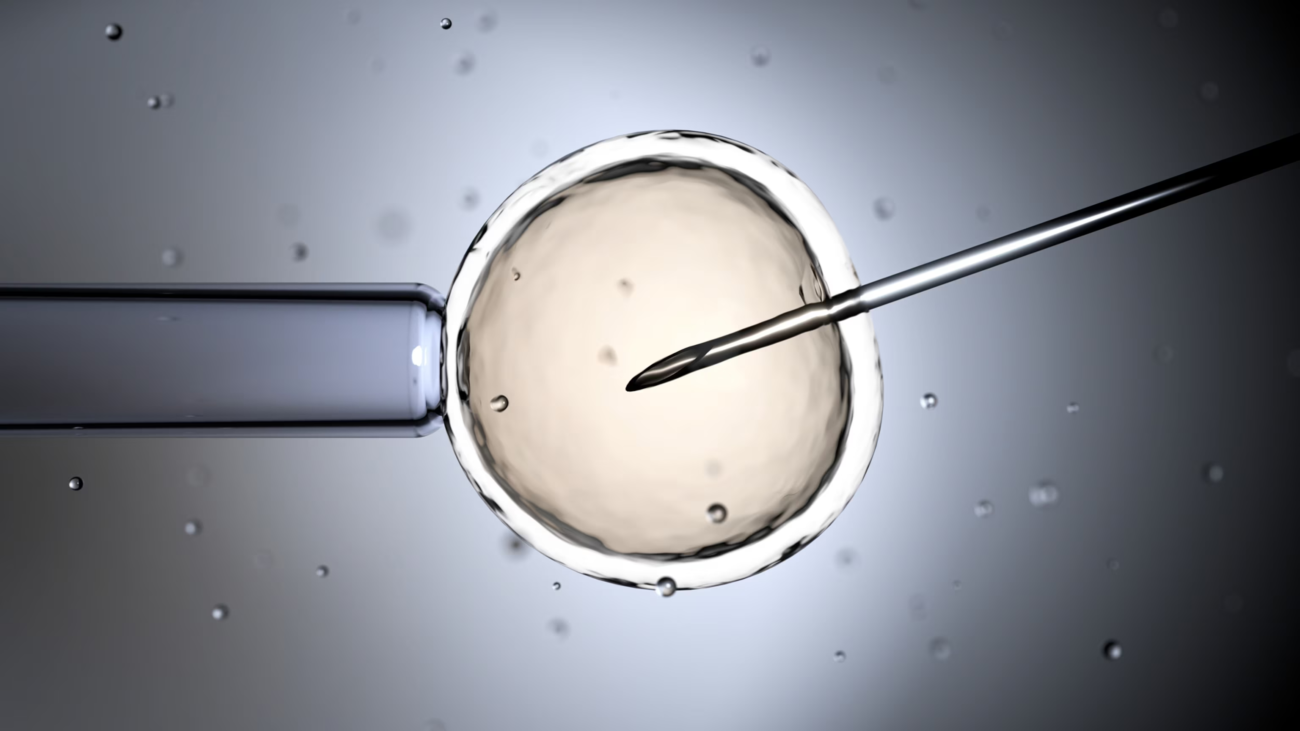Advancements in reproductive technology have paved the way for more informed decisions in family planning, and one such breakthrough is Preimplantation Genetic Testing (PGT). PGT allows for the genetic screening of embryos created through in vitro fertilization (IVF) before they are implanted in the uterus. This cutting-edge process can identify genetic disorders, chromosomal abnormalities, and inherited conditions, offering a significant opportunity for families to avoid passing on certain diseases to future generations. In this blog as a Saga Clinic, we’ll explore the benefits, types, and process of PGT, and how it represents a crucial step towards healthier generations, providing families with greater peace of mind as they embark on the journey of parenthood.
What Is PGT and Who Should Consider It?
Preimplantation Genetic Testing (PGT) is a genetic screening procedure used during in vitro fertilization (IVF) to test embryos for specific genetic disorders and chromosomal abnormalities before they are implanted in the uterus. This testing helps identify embryos that may carry genetic conditions like Down syndrome, cystic fibrosis, or other hereditary diseases, increasing the chances of a successful pregnancy and healthy baby. PGT is particularly beneficial for individuals or couples who have a known genetic condition, are at advanced maternal age, or have a history of recurrent miscarriages or failed IVF attempts. It also offers peace of mind to those who wish to avoid passing on inherited disorders. By selecting the healthiest embryos for implantation, PGT can significantly improve the chances of a successful pregnancy and reduce the risk of genetic diseases, making it an important option for prospective parents.
Differences Between PGT-A and PGT-M
Preimplantation Genetic Testing (PGT) includes two primary types: PGT-A (Preimplantation Genetic Testing for Aneuploidy) and PGT-M (Preimplantation Genetic Testing for Monogenic Disorders). PGT-A focuses on detecting chromosomal abnormalities, such as aneuploidy, where an embryo has an incorrect number of chromosomes, leading to conditions like Down syndrome, Turner syndrome, or other genetic disorders. This test is particularly useful for individuals of advanced maternal age or those with a history of recurrent miscarriages or failed IVF attempts, as it helps ensure only embryos with the correct chromosome number are implanted.
On the other hand, PGT-M is designed to screen for specific single-gene mutations that are inherited from one or both parents. This test is most beneficial for couples who are carriers of known monogenic disorders, such as cystic fibrosis, sickle cell anemia, or Huntington’s disease. PGT-M allows for the identification of embryos that carry these specific genetic conditions, helping to avoid passing on inherited diseases.
In summary, PGT-A is used to detect chromosomal abnormalities, while PGT-M focuses on identifying inherited genetic mutations. Both tests help improve the chances of a healthy pregnancy but are suited to different situations depending on the genetic risks involved.
How Embryo Selection Works After Genetic Testing
After Preimplantation Genetic Testing (PGT) is performed, the embryos are evaluated based on the results of the genetic screening, allowing for a more informed decision in the embryo selection process. In PGT-A (for chromosomal abnormalities), embryos that are chromosomally normal, often referred to as “euploid,” are selected for transfer, as they have the best chance of leading to a successful, healthy pregnancy. Embryos with chromosomal abnormalities (aneuploid embryos) are typically discarded to prevent the risk of miscarriage or conditions like Down syndrome. In the case of PGT-M, embryos are screened for specific genetic disorders, and those that do not carry the targeted mutation(s) are selected for implantation.
Once the genetic testing results are available, fertility specialists and genetic counselors review the findings to determine which embryos are most suitable for transfer. The selected embryos are then carefully implanted into the mother’s uterus, with the goal of achieving a successful pregnancy. This process ensures that only the healthiest and genetically appropriate embryos are chosen, significantly reducing the risk of genetic disorders and increasing the likelihood of a healthy baby.
Preimplantation Genetic Testing (PGT) is a revolutionary technology that allows families to take a significant step toward having healthy generations. Tests like PGT-A and PGT-M play a crucial role in preventing genetic diseases and increasing the chances of a successful pregnancy. The embryo selection process ensures that only genetically healthy embryos are chosen, reducing the risk of genetic disorders and boosting the likelihood of a healthy baby. These tests offer a vital solution for individuals who are carriers of genetic conditions or belong to high-risk groups. In conclusion, PGT, with the advancements of modern medicine, helps families take a step toward a healthier future and provides couples with the opportunity to have a healthy child.














